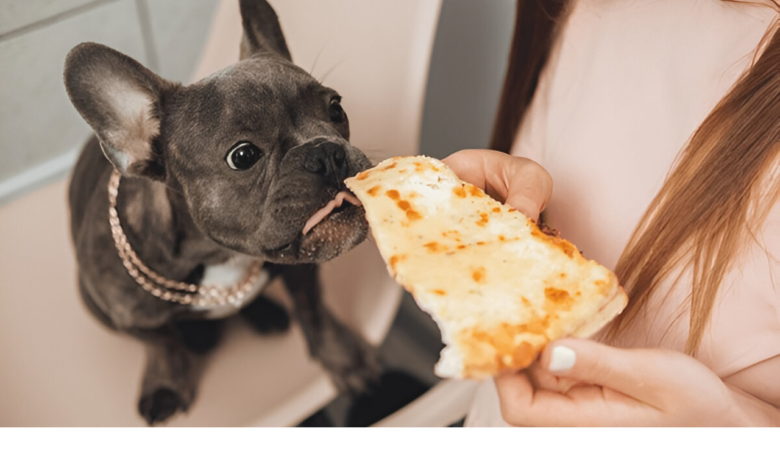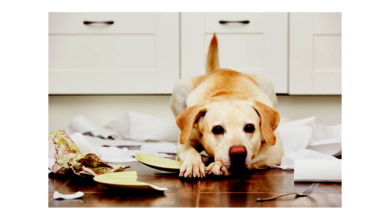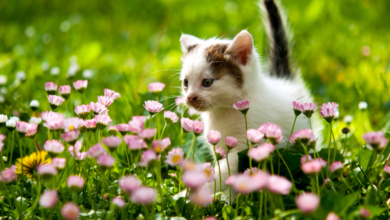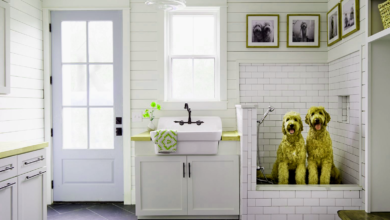
Can Pets Eat Human Food? UK Vet-Approved & Dangerous Foods
Can pets eat human food? Discover UK vet-approved options and dangerous foods to avoid for your pet's safety and health.
The question, “Can pets eat human food?” is one that every pet owner grapples with. While sharing scraps with your furry companion might seem harmless—or even affectionate—the answer is nuanced. Some human foods are safe and even beneficial for pets, while others pose severe health risks. In the UK, veterinary professionals emphasize the importance of understanding which foods align with animal dietary needs and which could lead to emergencies. This article explores UK vet-approved options, highlights dangerous foods to avoid, and provides practical guidance for pet owners striving to balance treats with safety.
The relationship between pets and human food is complex. Dogs, cats, and other domestic animals have unique digestive systems and nutritional requirements that differ vastly from humans. What’s wholesome for us could be toxic for them. UK veterinarians advocate for caution, urging owners to prioritize species-specific diets while occasionally supplementing with vet-approved human foods. By the end of this guide, you’ll be equipped to make informed decisions that protect your pet’s health without sacrificing the joy of treating them.
The Science Behind Pets and Human Food
Pets metabolize food differently than humans. For instance, dogs, while omnivorous, lack specific enzymes to break down certain compounds, such as theobromine in chocolate. Cats, obligate carnivores, require high protein intake and cannot process carbohydrates or plant-based toxins as efficiently. These biological differences mean even small quantities of “safe” human foods can cause digestive upset or long-term harm if improperly portioned. UK vets stress moderation and awareness, as overfeeding snacks—even healthy ones—can lead to obesity, a growing issue among British pets.
UK Vet-Approved Human Foods
Not all human foods are off-limits. Many can supplement commercial pet diets when offered responsibly. Plain cooked meats like chicken or turkey (unseasoned) are excellent protein sources for dogs and cats. Carrots and green beans, raw or steamed, provide low-calorie fiber and vitamins. Plain pumpkin aids digestion, while blueberries offer antioxidants. For dogs, oatmeal (unsweetened) serves as a gentle carbohydrate. However, preparation is key: avoid oils, spices, salt, and additives. Always consult your vet before introducing new foods, especially for pets with allergies or chronic conditions.
Dangerous Foods: The UK Vet’s Red List
Several common human foods are toxic to pets. Chocolate, grapes/raisins, onions, garlic, and xylitol (a sweetener in gum and sugar-free products) top the UK’s danger list. Chocolate contains methylxanthines, causing vomiting, seizures, or death in dogs. Grapes induce kidney failure, while alliums (onions, garlic) damage red blood cells. Xylitol triggers rapid insulin spikes, leading to hypoglycemia and liver failure. Less obvious threats include avocado (persin toxin), alcohol, and caffeine. Even small doses demand immediate veterinary care.
The Hidden Risks of “Healthy” Human Foods
While many human foods are marketed as healthy and nutritious, they can pose hidden dangers to pets. For instance, avocados, often celebrated for their health benefits in humans, contain a toxin called persin, which can cause vomiting, diarrhea, and even heart congestion in dogs and cats. Similarly, nuts, particularly macadamia nuts, are highly toxic to dogs, leading to symptoms like weakness, tremors, and hyperthermia. Even seemingly harmless foods like dairy products can be problematic. While a small piece of cheese might seem like a harmless treat, many adult pets are lactose intolerant, and consuming dairy can result in digestive upset, including diarrhea and stomach cramps. These examples highlight the importance of researching and understanding the potential risks before sharing “healthy” human foods with pets.
Another often-overlooked risk is the presence of natural toxins in certain foods. For example, raw fish, particularly salmon, can contain parasites that cause severe gastrointestinal issues in pets. In cats, raw fish also contains an enzyme called thiaminase, which breaks down thiamine (vitamin B1), leading to deficiencies that can affect the nervous system. Even bones, often given to dogs as a natural treat, can splinter and cause choking, intestinal blockages, or perforations. Additionally, foods like spinach and rhubarb, while nutrient-rich for humans, contain oxalates that can interfere with calcium absorption and lead to kidney problems in pets. These hidden risks underscore the need for pet owners to exercise caution and consult their veterinarian before introducing any new foods into their pet’s diet.
UK-Specific Considerations
British pets face unique risks due to the country’s cultural and culinary traditions. Festive seasons, in particular, bring about a surge in hazardous foods that can harm pets. For example, during Christmas, foods like mince pies (which often contain raisins), Christmas pudding (which may include alcohol), and roast onions are common in households but pose serious threats to pets. Raisins and grapes can cause kidney failure in dogs, while alcohol is toxic to both dogs and cats, leading to symptoms like vomiting, disorientation, and even coma. Additionally, the high-fat content in traditional British dishes like roast dinners or sausages can trigger pancreatitis in pets, a painful and potentially life-threatening condition. UK veterinarians urge pet owners to remain vigilant during holidays and celebrations, ensuring that pets are kept away from these dangerous foods.
How to Safely Share Human Food
If you choose to share human food, follow UK veterinary advice:
Portion control: Treats should never exceed 10% of a pet’s daily calories.
Avoid processed foods: Salt, sugar, and preservatives are harmful.
Monitor reactions: Watch for vomiting, diarrhea, or lethargy.
Prepare plainly: Steam, boil, or serve raw without seasoning.
When in doubt, opt for vet-recommended commercial treats formulated for pets.
Read More: 🍖 Best UK Pet Food Brands: What’s Safe & Nutritious?
Conclusion
The question of whether pets can eat human food is one that requires careful consideration and a commitment to responsible pet ownership. While some human foods are safe and even beneficial for pets, many others pose significant health risks. UK veterinarians emphasize the importance of understanding the unique dietary needs of dogs, cats, and other animals, as well as the potential dangers of common household foods. By sticking to vet-approved options and avoiding toxic substances, pet owners can ensure their furry companions remain healthy and happy. Remember, moderation is key, and treats should never replace a balanced, species-appropriate diet.
Ultimately, the bond between pets and their owners is built on love and care, not on sharing every meal. While it may be tempting to offer your pet a bite of your dinner or a snack from your plate, their health and safety should always come first. By staying informed about which foods are safe and which are dangerous, you can make better choices for your pet’s wellbeing. When in doubt, consult your veterinarian for guidance tailored to your pet’s specific needs. Protecting their health ensures they can continue to bring joy and companionship to your life for many years to come.
FAQs
Can dogs eat grapes?
No. Grapes and raisins cause kidney failure in dogs, even in small amounts.
Is peanut butter safe for cats?
Only unsweetened, xylitol-free varieties in tiny amounts; cats gain little nutritional benefit.
Are eggs safe for pets?
Yes, if fully cooked (no raw eggs). Scrambled or boiled eggs provide protein for dogs and cats.
Can pets drink milk?
Adult pets often lack lactase enzymes, causing diarrhea. Opt for lactose-free alternatives.
Is chocolate toxic to all pets?
Yes. Dark chocolate is most dangerous, but all types harm dogs, cats, and small mammals.







